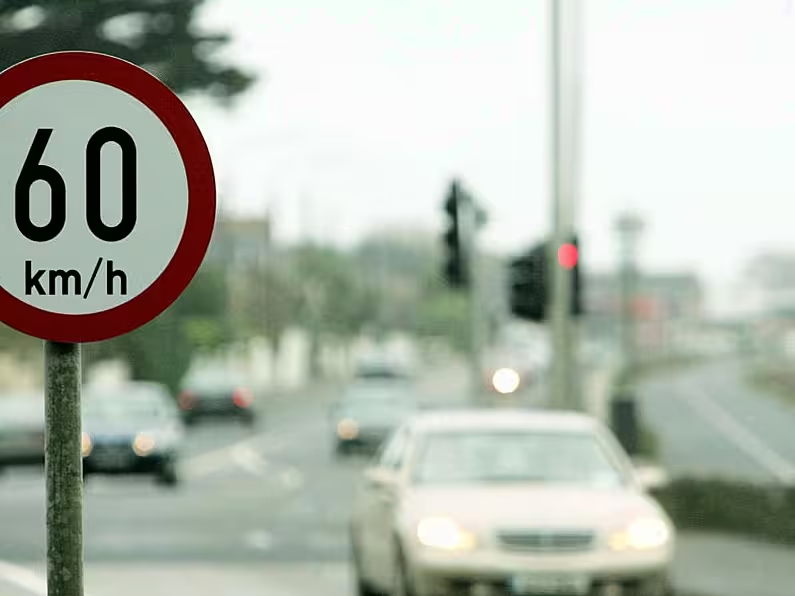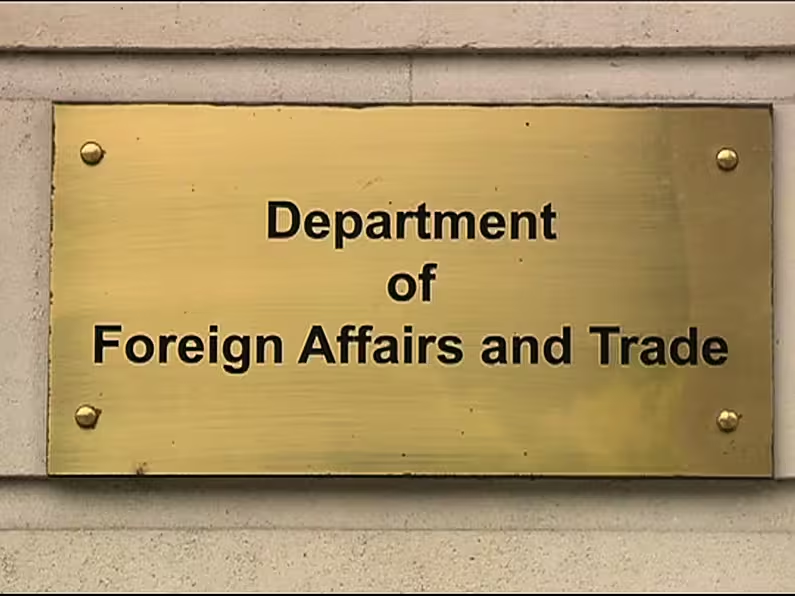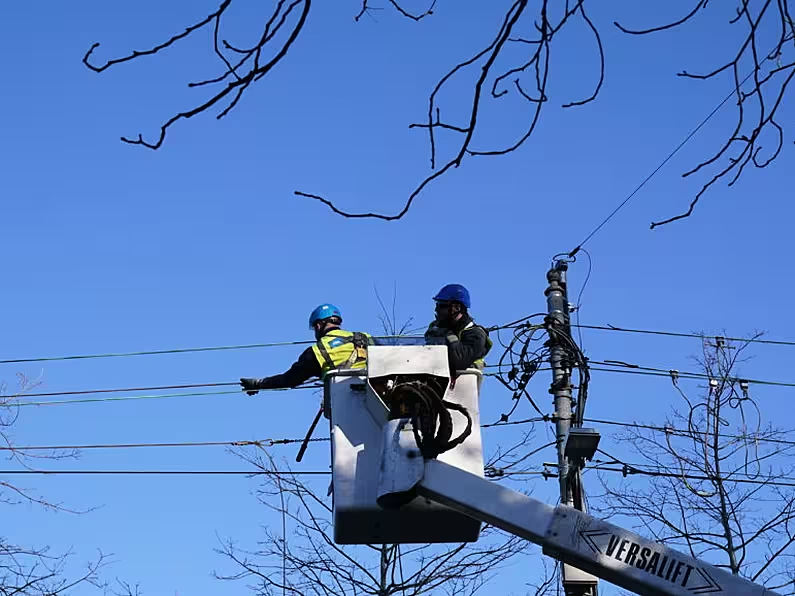Residential property prices increased by 5.5 per cent nationally in the year to May, according to figures released by the Central Statistics Office (CSO).
Property prices outside of Dublin saw a 6.2 per cent jump, while properties in the capital went for, on average, 4.9 per cent more compared to the previous year.
House prices rose by 5.7 per cent outside of Dublin and 5.6 per cent in Dublin, while apartment prices outside and within Dublin increased by 14 per cent and 1.8 per cent respectively.
The CSO found residential property prices nationally were 13.5 per cent lower than the highest level, recorded in 2007, increasing to 18.8 per cent lower in Dublin compared to their 2007-high.
Eircode
Blackrock in Dublin was once again found to be the Eircode with the highest median price for residential properties at €625,000. All of the Eircodes in the top five were in Dublin.
The second highest median price (€605,000) went to Dublin 6, and the third (€600,000) to Dublin 4.
Residential property prices (houses and apartments) increased by 5.5% nationally in the year to Mayhttps://t.co/o7Zd0lGl9Z #CSOIreland #Ireland #Housing #HousingConstruction #HouseBuilding #PropertyPrices #HousePrices #IrishBusiness #BusinessStatistics #BusinessNews pic.twitter.com/Pw6Q38YyXK
— Central Statistics Office Ireland (@CSOIreland) July 14, 2021
Within Dublin, the Eircode with the lowest median price was Dublin 10, where the average going rate for a residential property was €239,250.
Outside Dublin, Greystones, Co Wicklow had the highest median price (€481,250), followed by Bray, Co Wicklow (€405,000) and Celbridge, Co Kildare (€395,000).
The areas with the lowest median prices were Clones, Co Monaghan and Castlerea, Co Roscommon (both €86,000), and Ballyhaunis, Co Mayo (€91,750).
New vs existing dwellings
Prices for new dwellings in the first quarter of 2021 rose by 2.5 per cent compared to the same period of 2020, while prices for existing dwellings also increased in the first three months of this year, jumping by 3.3 per cent on 2020 Q1 figures.
Overall, the CSO stated new dwelling prices have increased by 73.7 per cent since their trough in the middle of 2013, and prices for existing dwelling have jumped by 88.4 per cent compared to their trough in 2012.
The data also shows that existing dwellings accounted by 84.4 per cent (2,707) of residential property purchases filed in May, increasing by 59.1 per cent on May 2020 figures, while the remaining 15.6 per cent were new dwelling purchases.
In the 12-month period to May, 40,435 dwellings purchases by households at market prices were filed with Revenue, 32.4 per cent of which were by first-time buyer owner-occupiers, 14 per cent were by non-occupiers, and the majority (53.7 per cent) were by former owner-occupiers.












